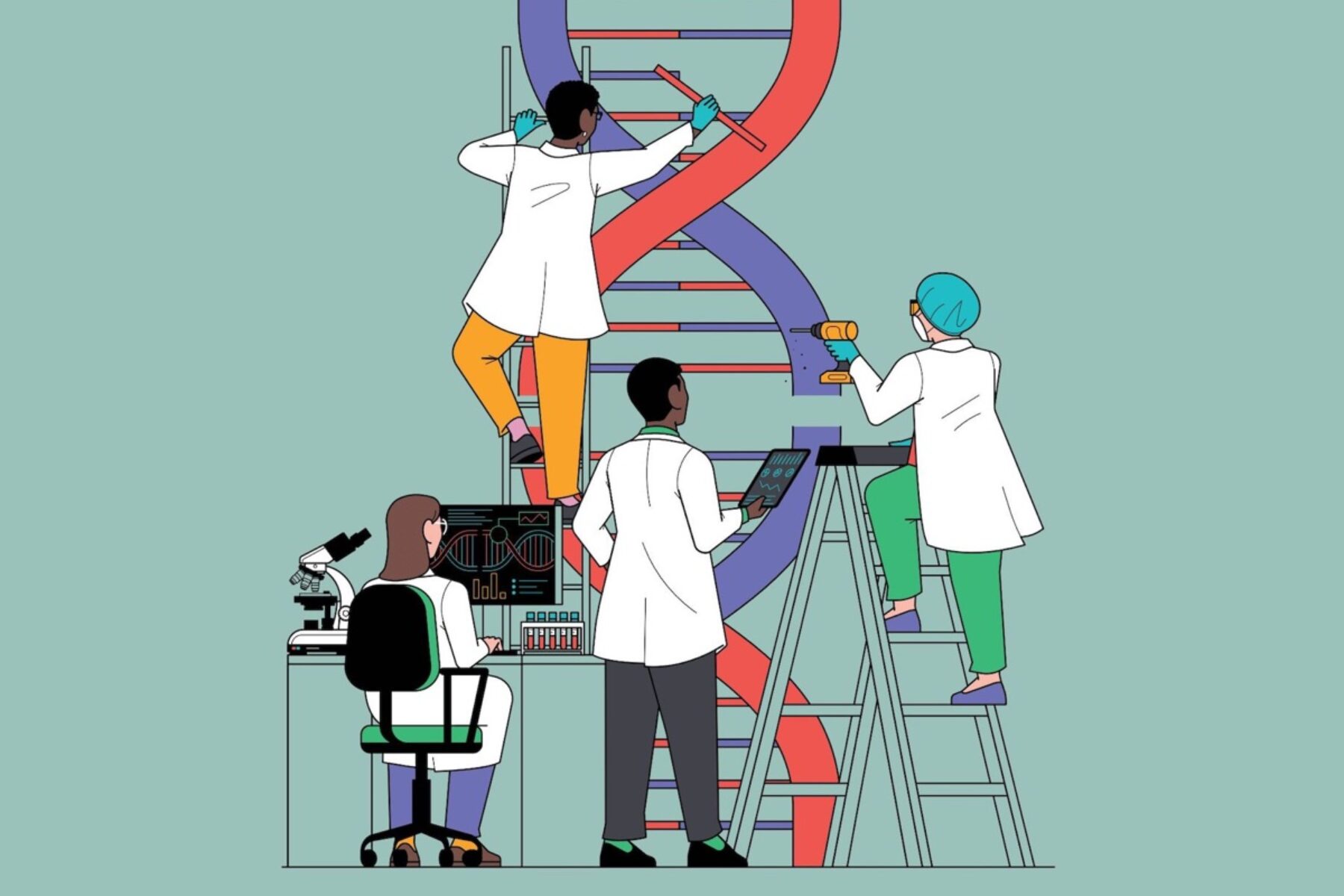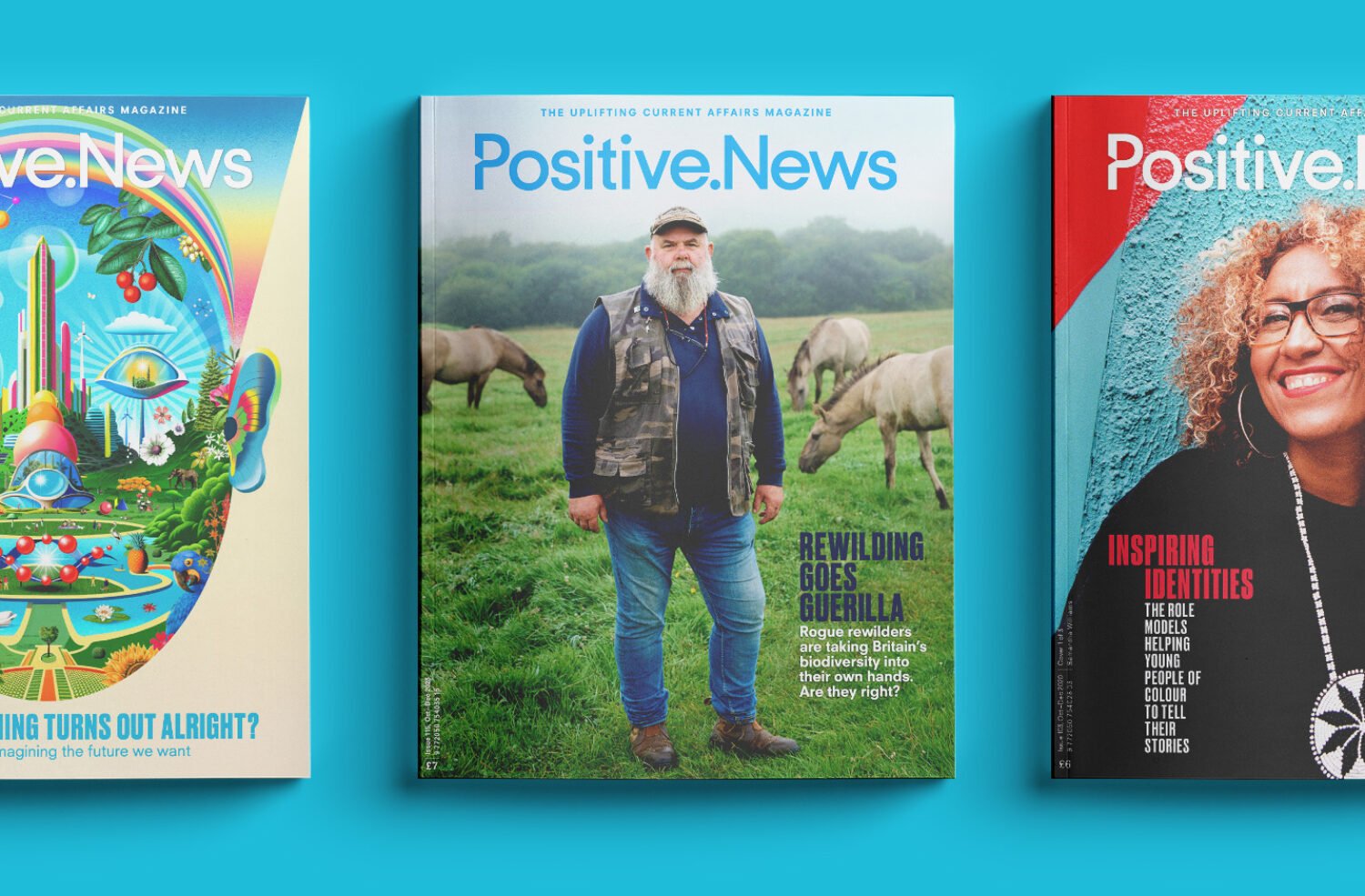Scientific breakthroughs in medicine are booming. From the rediscovery of the body’s ‘forgotten organ’ to potential cures for cancers, Alzheimer’s and HIV on the horizon, we are entering a bold new era of medicine
There’s common consent around the landmark moments in the development of modern medicine. 1796, when Edward Jenner inoculated his gardener’s son against smallpox with pus from a pustule of cowpox (ushering in an era of vaccination, which today saves five million lives a year); the arrival of anaesthesia in the 1840s; germ theory in the 1860s (which did away with the fatal belief that disease is communicated via ‘miasmas’); and medical imaging in the 1890s in the guise of the first experiments in X-ray. Notably, Scottish physician Alexander Fleming’s chance discovery of the first antibiotic, penicillin, in 1928: a category of medicines that has since extended the human lifespan by 23 years.
Will the 2020s be looked back on as a similar watershed moment? Bertalan Mesko, a medical doctor and director of the Medical Futurist Institute in Budapest, is among a chorus of voices arguing that the world is on the brink of a new ‘golden age’ of medicine. And it’s thanks, in part, to Covid-19.
“Breakthroughs in mRNA technology first applied in Covid vaccines could soon help eradicate certain types of cancer,” Mesko explains. “Then there’s the huge potential of AI and 3D printing and, most excitingly, advances in genomics, which will unlock the genetic bases of many diseases, leading to new and more targeted treatments. In short, we’re seeing a pace of progress that has not been witnessed for 100 years.”
Much is made of the threat posed by AI to white collar jobs in sectors such as law and finance. However, the technology’s potential for medicine is somewhat sunnier, says Chris Stokel-Walker, who writes about the medical applications of AI for the British Medical Journal.
“AI will supercharge the pace of novel drug discoveries, including much-needed antibiotics [as resistance increases],” he explains. “Plus [the technology] can analyse and identify issues such as tumours in scans more effectively than humans can.”
AI will also radically reduce doctors’ day-to-day administration around documentation, prescribing and screening for common conditions. “This will free up time for doctors to do what’s at the core of their job: helping patients,” says Stokel-Walker.

One side effect of the strides made in medicine from the late 19th century is the rapid extension of human life spans. The new golden age of medicine will tackle the downside of these advancements: that longer lives are not necessarily healthy lives. Coming years will see breakthroughs in treating some of the most recalcitrant conditions of old age: a ‘gene-silencing’ treatment for Alzheimer’s, for example, and wearable diagnostics that will give early warnings of metabolic disease, strokes and heart attacks, reducing disablement and improving patient outcomes.
We can also look forward to revolutionary stem cell therapies for infertility and therapeutics targeting the body’s ‘forgotten organ’, the microbiome. The latter is increasingly implicated in everything from stabilising our mood to maintaining our immune system and heart health.
“It’s an amazing time and I for one feel lucky to be living through it,” says Mesko.
Seven medical developments to look out for

Alzheimer’s disease is a progressive brain disorder that affects 620,000 people in the UK and will affect 1.2 million Brits by 2050. The most common form of dementia, it leads to memory loss and personality changes. The disease is thought to be caused by a build-up of abnormal proteins in the brain which causes nerve cells to die.
Existing drugs clear the proteins once they are already present, but excitement is building about a new treatment that stops the toxic proteins from being produced in the first place. Trialled by a team from University College London Hospitals, the treatment essentially dials down the gene that produces the protein using RNAi, a natural process that cells use to silence genes. Called ALN-APP, the drug has been dubbed an ‘Alzheimer’s dimmer switch’.
The good news so far
Interim results of a phase one trial of the ALN-APP drug published in July suggest a single dose reduces levels of amyloid proteins by up to 90%.

The human microbiome – a community of microorganisms that includes millions of bacteria, viruses and fungi that live in and on our bodies – is an undiscovered frontier in medicine. In the past few years, a slew of studies has shown that these symbiotic human helpers protect against a variety of diseases including infectious diseases, inflammatory bowel disease, and colorectal cancer; that they produce the vitamins B12, thiamine and riboflavin; they have a profound role in the functioning of our immune systems and – most remarkably – protect against anxiety and depression.
Microbiome therapies are already being successfully used to treat antibiotic-resistant bacterial infections such as Clostridium diffcile, a bacteria that spreads easily in care home and hospital settings, yet until now was tricky to treat.
The good news so far
Autistic people often have a narrow range of gut microbes. A 2022 trial at Shanghai Jiao Tong University used faecal microbiota transplants to treat autistic children, finding notable improvements in their neurobehavioural symptoms.

Malaria kills an estimated 400,000 people each year, mostly children under the age of five. Last century, 2-5% of all deaths were from malaria, according to one estimate. Despite this huge toll, vaccines for this historic killer, which is caused by parasites carried by mosquitoes, have proved elusive due to the culprit parasites’ complex life cycle and high level of mutations.
The first ever malaria vaccine – currently in phase three trials – trains the immune system to recognise and attack a protein that is found on the surface of the malaria parasite’s sporozoites (the parasite’s infective stage). Doses should land in African countries (where 90% of all deaths occur) later this year.
The good news so far
In phase two trials (on children aged 5-36 months), the vaccine was 75% effective in preventing malaria in those who had never been exposed to the disease before.

Traditional vaccines rely on injecting part of a virus, or a weakened virus, into a human body in an approach that hasn’t changed since Jenner’s 18th century experiments with cowpox. First used during the Covid-19 pandemic, mRNA vaccines instead deliver a genetic code that our bodies can use to make the relevant piece of viral protein ourselves.
Hopes are high for a ‘universal vaccine’ for multiple strains of fu (which kills around half a million people each year) as well as customised treatments for cancer. These will use mRNA to train an individual’s immune system to recognise proteins on cancer cells and attack them. A personalised mRNA vaccine for pancreatic cancer, one of the most deadly of cancers, is showing good results in clinical trials.
The good news so far
The mRNA vaccines for Covid-19, developed by Pfizer-BioNTech and Moderna in days, rather than the years that were typical with traditional vaccines, have prevented millions of deaths worldwide since they were rolled out in 2021.

In 2013, Lawrence Bonassar of Cornell University, New York, used 3D scans of human ears to 3D print a human outer ear from bovine cartilage cells suspended in collagen. It was an early breakthrough in a technology that could lead to personalised 3D-printed heart valves and blood vessels, as well as the ability for surgeons to print new bone tissue into the region where it is needed during surgery.
3D printing is now successfully being used across orthopaedics to create patient-customised knee and hip replacements that result in fewer bad outcomes than standard implants, including less blood loss during surgery.
The good news so far
The charity Not Impossible has trained people in India to use 3D printing to create patient-specific limbs for amputees and inexpensive 3D-printed hearing aids for children.

Can our genes be ‘cut and spliced’ to beat heritable diseases? That’s the potential of Crispr, a gene-editing technology first discovered in the 1980s. Scientists found that a unique single-celled organism could splice the DNA of alien viruses into its own genome (to mount an immune response in case of future infection). In 2012, Crispr was adapted to edit segments of human genes by a team at the University of California.
The technology today enables scientists to make precise changes to the DNA of living organisms, including genes implicated in heritable conditions such as sickle cell anaemia and cystic fibrosis. It also promises new treatments for heart disease, targeting the genes that control plaque formation in human arteries, and for HIV, by inserting genetic mutations into the HIV virus’ genes, making it unable to replicate. This could be the final push towards the UN’s sustainable development goal to “end the HIV pandemic” by 2030. (A target which is, happily, on track.
The good news so far
In 2020, a Mississippi woman became the first to be treated for sickle cell anaemia in a clinical trial using Crispr. She has been in remission for three years.

With the live birth rate per IVF cycle as low as 20% (and little improvement in those statistics in the 40 years since the birth of the first IVF baby) cutting-edge research into germline stem cells is producing the best news in a generation for people struggling to start a family. Germline stem cells are a specialised type of stem cell (the miracle human cells that are able to develop into anything from muscle to brain cells).
Research into these is developing new treatments for genetic diseases such as sickle cell anaemia by correcting the genetic defect in the stem cells before they are used to create eggs or sperm. It is also being developed as a treatment to improve the outcomes of IVF by using germline stem cells to create new embryos and ovarian follicles, which are more likely to implant and develop normally.
The good news so far
Researchers are successfully using germline stem cells to repair damage to the ovaries in patients who have undergone chemotherapy in trials at the University of California, San Francisco, and University of Pennsylvania.
This article was amended on 1 November 23 to reflect National Autistic Society guidance on writing about autistic people
Illustrations: Sam Peet






